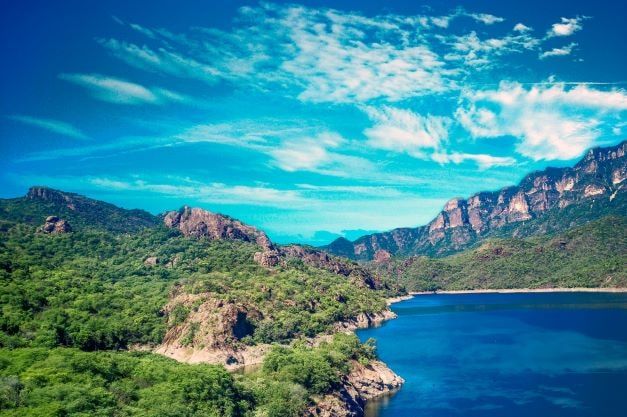A Guide to the State of Sinaloa, Mexico
This updated guide to Sinaloa will allow you to get to know and locate the places of interest in the northwestern region of Mexico.

The State of Sinaloa, due to its geographic location, has become a privileged tourist destination, where the mountains and the coast frame the beauty of its multiple cultural attractions and natural resources. Where the pulsating of this land is reflected in the green valleys; for its fertile soil for agricultural, livestock, and fishing production. A place where every dawn caresses the humid mountains giving way to the light that awakens the joy of being from Sinaloa, a host who shares his land with those who visit and enjoy a world of joy and fun.
One of the most important tourist destinations of international fame is located in this prodigious land. Mazatlán is a charming center of incomparable beauty and is known throughout the world for its miles of uninterrupted fine sandy beaches and unforgettable sunsets. A place that offers visitors a variety of attractions to satisfy the most demanding tastes.
This guide to Sinaloa with updated data will allow you to know and locate each of the places of interest in this great region of the northwest of the Mexican Republic. We hope the compilation of this material will be useful as a source of information and consultation of the beautiful State of Sinaloa and Mazatlán "The Pearl of the Pacific"; all to orient you so that you can attend to your objective by efficiently offering everything that facilitates the organization of your vacations.
Enjoy the diversity of tourist facilities, infrastructure, lodging establishments, colonial towns, and modern cities that offer a great number of cultural and recreational activities, a first-class road system, rich flora, and fauna, as well as a variety of climates and landscapes. Sinaloa is a state with everything and for everyone that awaits its visitors offering them the best it has to offer, the hospitality of its people.




